What is the Yo-Yo Test in Cricket?
The Yo-Yo test in cricket is a modern fitness assessment that gauges a cricketer’s ability to handle the physical demands of the game. It’s an evolution of the beep test and is used to measure endurance, recovery, speed, and stamina—all of which are crucial in today’s high-intensity cricket environment.
Unlike general gym workouts or running laps, the Yo-Yo test is designed to mimic the kind of physical stress players face during a match. It involves shuttle runs at increasing speeds, with rest periods, testing both cardiovascular endurance and recovery rate.
You can read more about how it works and how players train for it from at our website, Vinox Sports.
Why is the Yo-Yo Test Important?
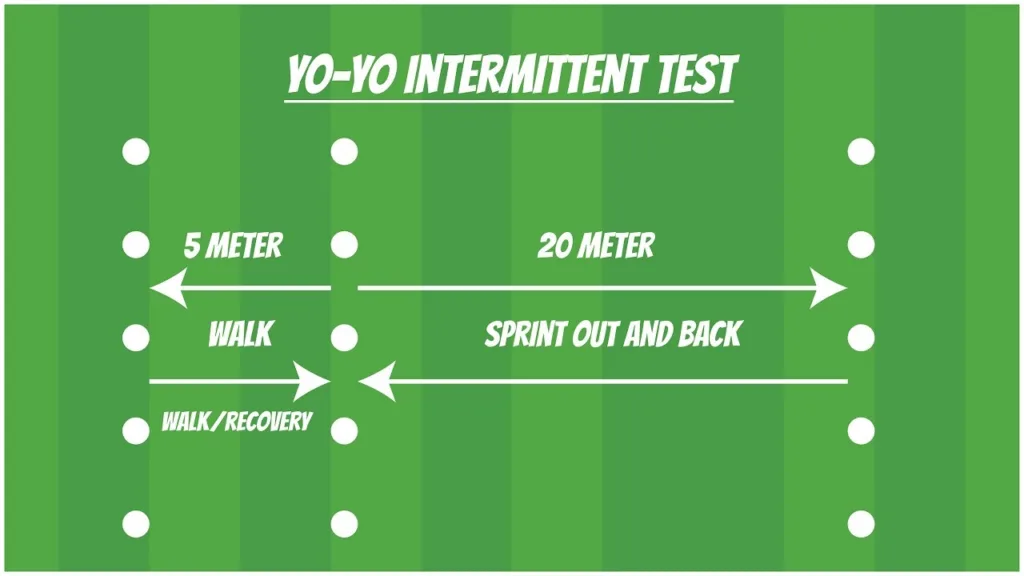
In today’s cricketing world, fitness is considered as important as technical skill. The game has become faster, more competitive, and more demanding, especially with formats like T20 and the growing number of back-to-back fixtures. The Yo-Yo test helps ensure that players are physically capable of coping with the intensity of international cricket.
Here’s why the Yo-Yo test matters:
Prevents injuries by identifying physical limitations.
Ensures consistent performance across series and formats.
Creates a level playing field in selection through fitness standards.
Reflects professionalism and dedication to the sport.
Real-Life Examples: Yo-Yo Test & Player Fitness Stories
Virat Kohli

A benchmark for fitness in Indian cricket, Kohli is known to regularly score high on fitness tests. His dedication to athleticism revolutionized the Indian team’s approach to fitness. He helped bring in strict standards, and now fitness tests like Yo-Yo are mandatory for selection.
Hardik Pandya
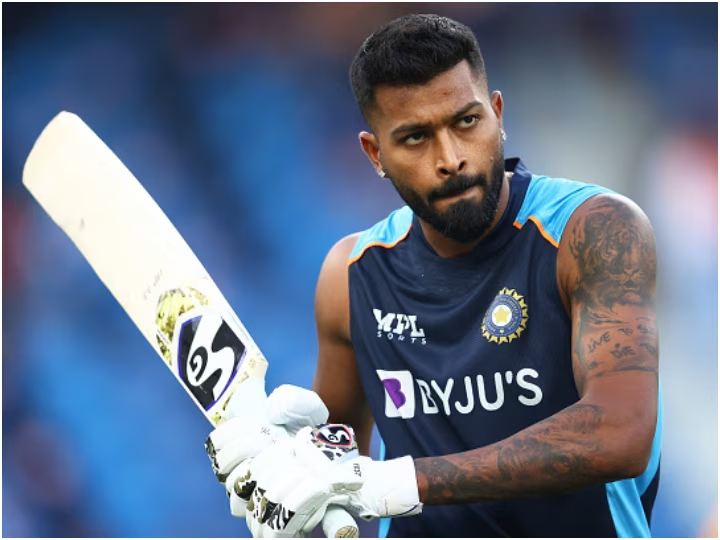
After his back injury, Hardik was not allowed to return to the Indian squad until he cleared the minimum fitness level set by the Yo-Yo test. Despite being a top-performing all-rounder, his comeback was delayed until he reached the required benchmark.
Sanju Samson

Once left out of the squad not for lack of runs, but due to not passing the fitness test. Samson went back, improved his fitness, and then returned to the squad stronger and more consistent.
Ambati Rayudu

Rayudu was controversially left out of the 2019 World Cup squad, and while there were many discussions about team combinations, fitness was cited as one of the concerns. His fitness score was reportedly lower than others vying for the same spot.
Mohammed Shami
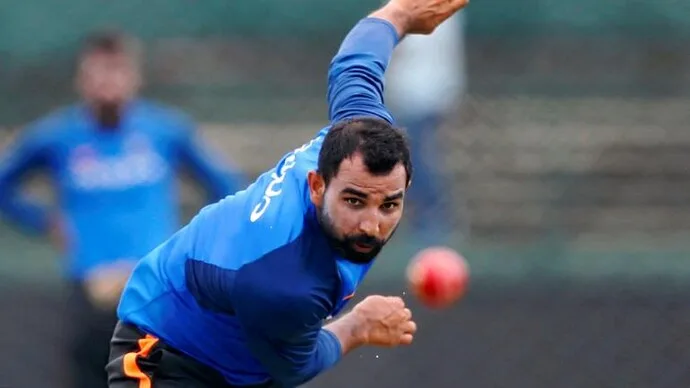
Even though Shami has had excellent bowling performances, there have been phases in his career where he had to go back, improve fitness, and clear tests to stay in the mix, especially in limited-overs cricket.
Prithvi Shaw
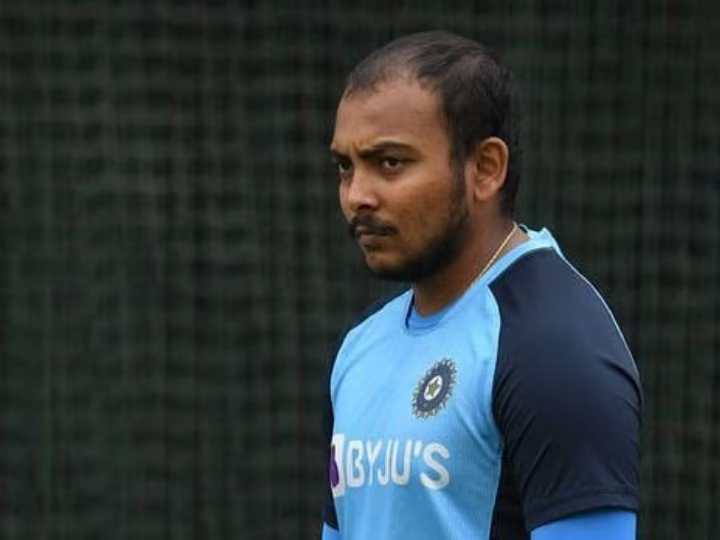
Prithvi Shaw’s domestic form in early 2023 was red hot, but national selectors reportedly delayed his selection due to fitness concerns. He was advised to work on conditioning and stamina before being considered again.
Rahul Tewatia
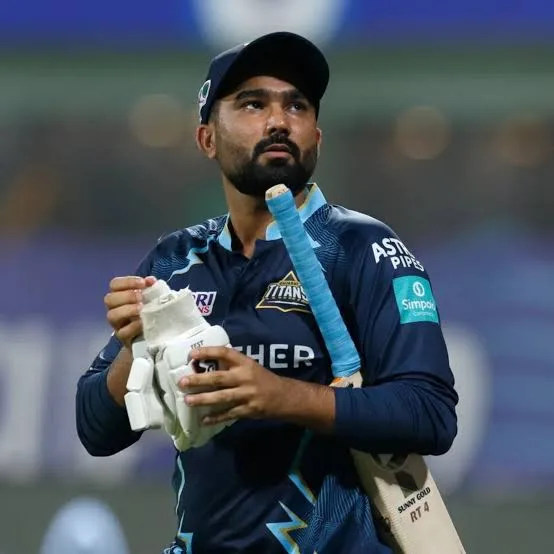
Despite an outstanding IPL season, Tewatia was not picked for the Indian team. Reports suggested his fitness scores weren’t up to the mark during the training camp, which impacted his chances.
Impact on Selection: How Yo-Yo Test Shapes Teams
The introduction of fitness benchmarks like the Yo-Yo test has completely changed the way selectors build squads. Here’s how it directly impacts player selection:
No Shortcuts to the National Team
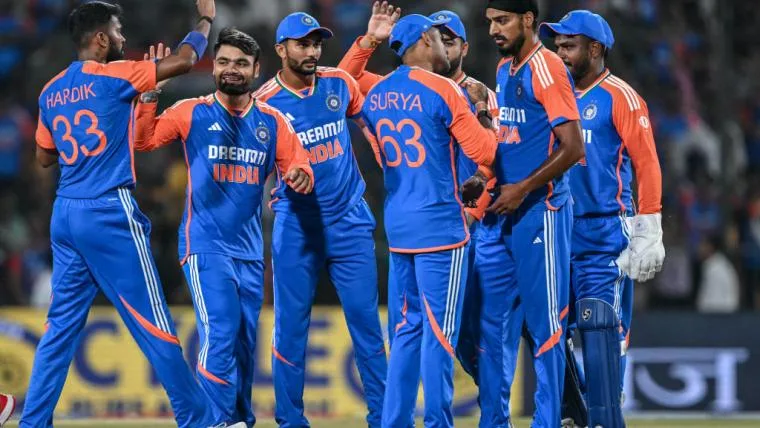
Even if a player is in form, they must meet the fitness standards. This encourages discipline, preparation, and long-term health.
Encourages Young Players to Focus on Conditioning
Upcoming players now focus not just on skill but also on strength, stamina, and agility from an early age, leading to more professional athletes.
Sets a Standard of Excellence
Fitness tests like the Yo-Yo have raised the overall standard of cricketing fitness, especially in teams like India, Australia, and England.
Keeps Competition Healthy
Players know that selection is based on a combination of form and fitness. This keeps everyone on their toes and reduces complacency.
Impacts Return from Injury
Previously, a star player could walk back into the team post-injury. Now, they must first prove match readiness by clearing fitness tests.
Criticism and the Need for Balance
While the Yo-Yo test is praised for promoting athletic excellence, it hasn’t been without its critics. Some former players, fans, and even a few current cricketers have raised concerns about how fitness tests are being used in selection—sometimes, they argue, at the cost of raw talent and match-winning ability.
1. The Skill vs. Fitness Debate
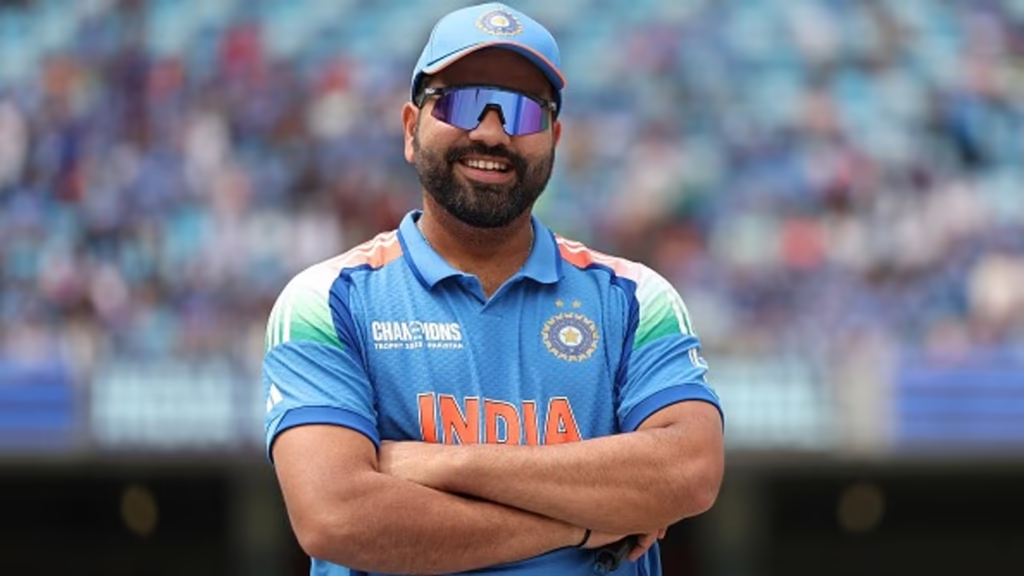
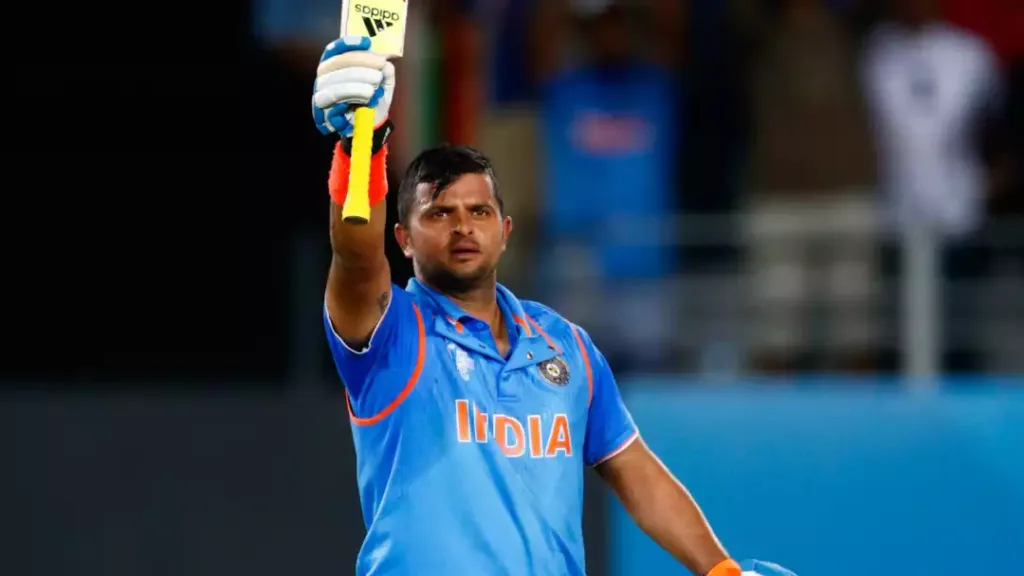
Cricket has always been a game of skill—timing, technique, temperament. Critics argue that players should primarily be judged on their on-field performance, not just how fast they can run shuttles or how high they score on a test. They believe that when fitness benchmarks become too rigid, it may result in overlooking naturally gifted players who may not be athletic prototypes but still perform under pressure.
For instance:
Rohit Sharma, earlier in his career, was not the fittest athlete on the field, yet delivered match-winning innings. Had the current fitness standards been in place back then, he might have faced challenges in making the cut.
Suresh Raina was once dropped due to not meeting fitness levels, despite his significant experience and contributions in white-ball formats.
2. One-Size-Fits-All Doesn’t Always Work
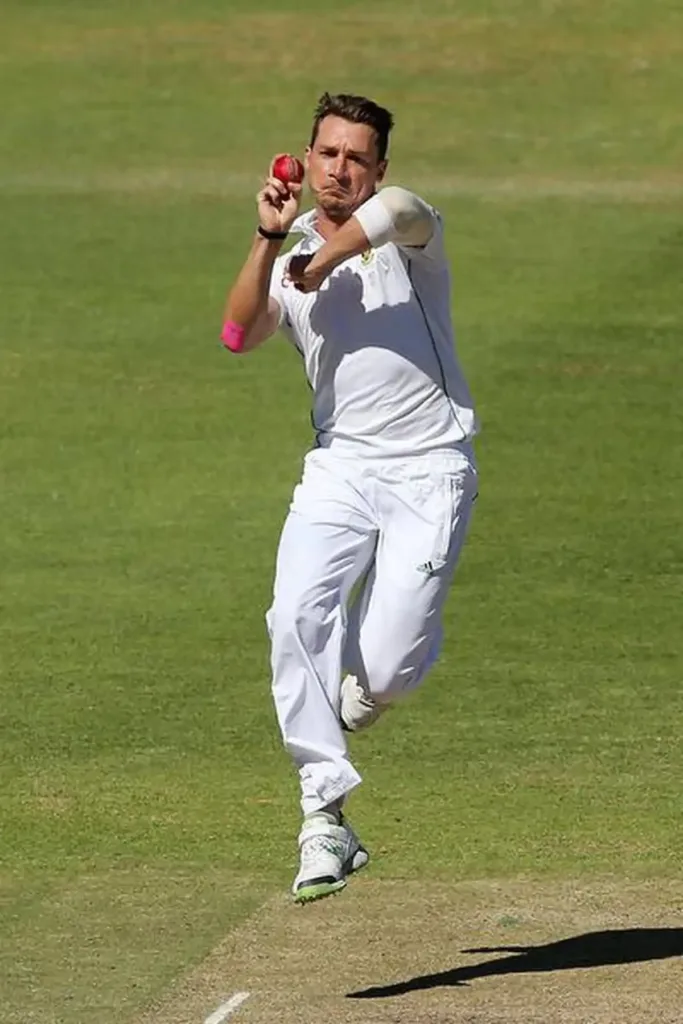

Critics also argue that position-specific demands in cricket are different. A fast bowler, for example, naturally requires more stamina and speed than a wicketkeeper or spinner. Applying the same Yo-Yo test benchmarks for all players might not account for the unique roles and physical traits of individuals.
3. Veteran Players vs. Young Athletes
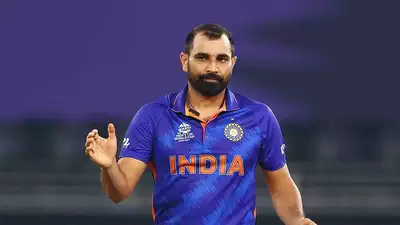
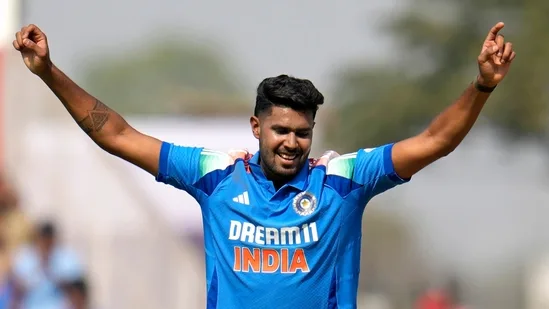
Some experienced players who’ve been around for years find it harder to keep up with newer, younger athletes when it comes to fitness testing. However, these veterans often bring unmatched game awareness, calmness under pressure, and leadership—qualities that don’t show up in fitness test scores.
This raises the question: Should an older player who can still win games be dropped purely because they can’t hit the same fitness numbers as a 22-year-old?
Striking the Right Balance: What Teams Are Doing
To address these concerns, some teams have started modifying their approach:
Role-Based Fitness Benchmarks: Instead of one universal passing score, some boards are customizing fitness expectations depending on the role (batsman, bowler, keeper).
Fitness Skill = Selection: Teams are now ensuring that fitness tests support selection, not replace it. A player in great form but slightly below the fitness bar might still get a chance if they’re indispensable.
Grace Period for Returnees: Players returning from injury are given short windows to get back to full fitness, instead of being immediately excluded.
Monitoring Instead of Punishing: Rather than dropping players outright, some boards now work closely with them to improve fitness while keeping them involved in the system.
Conclusion
The Yo-Yo test has become a critical part of cricket’s evolution. It reflects how the game is adapting to higher standards of professionalism and performance. Cricketers today are not just judged by how well they bat or bowl, but also by how fit they are to represent their country.
For young aspiring cricketers, this is a reminder: It’s not just about talent anymore. It’s also about training, fitness, and a commitment to being the best version of yourself.

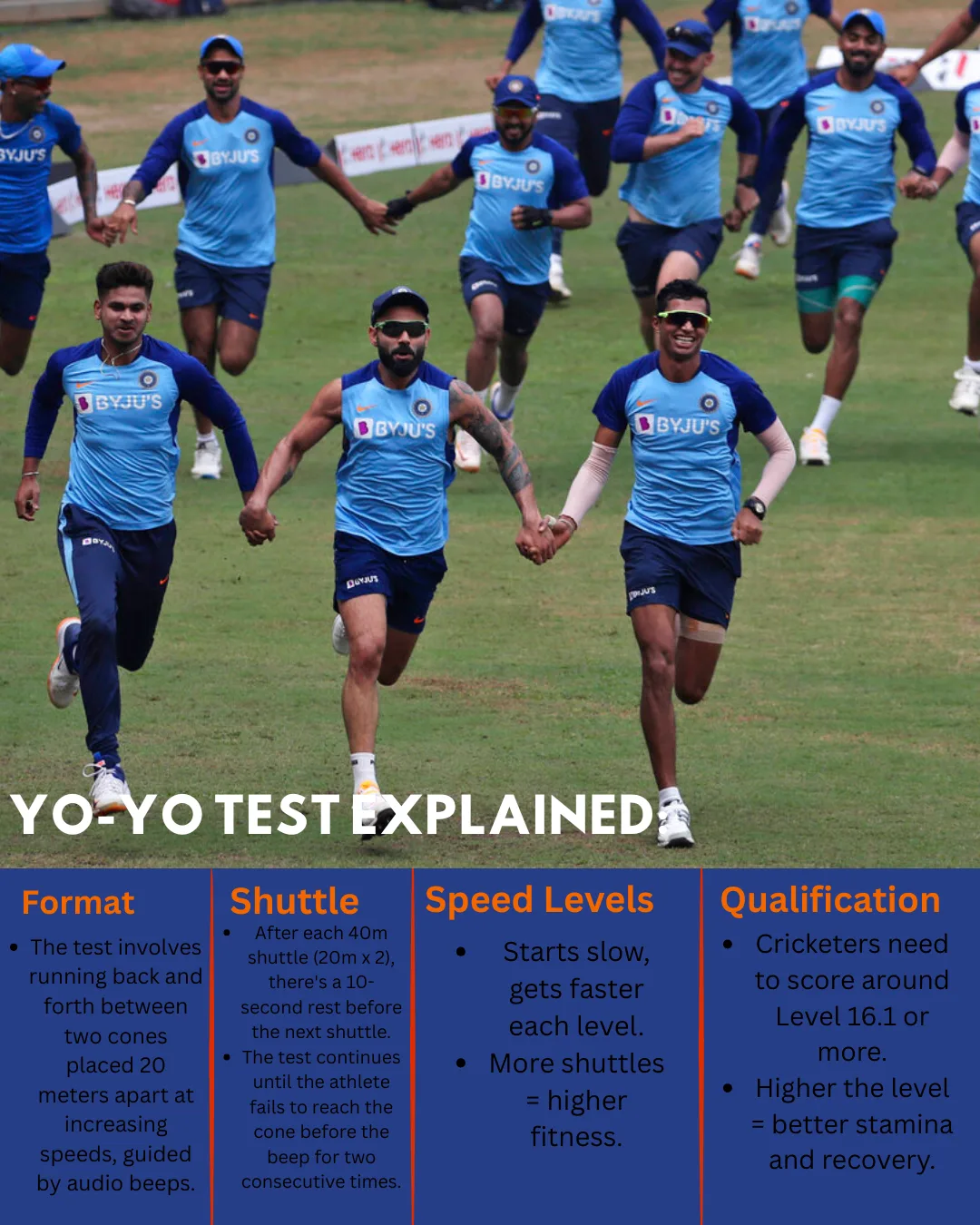

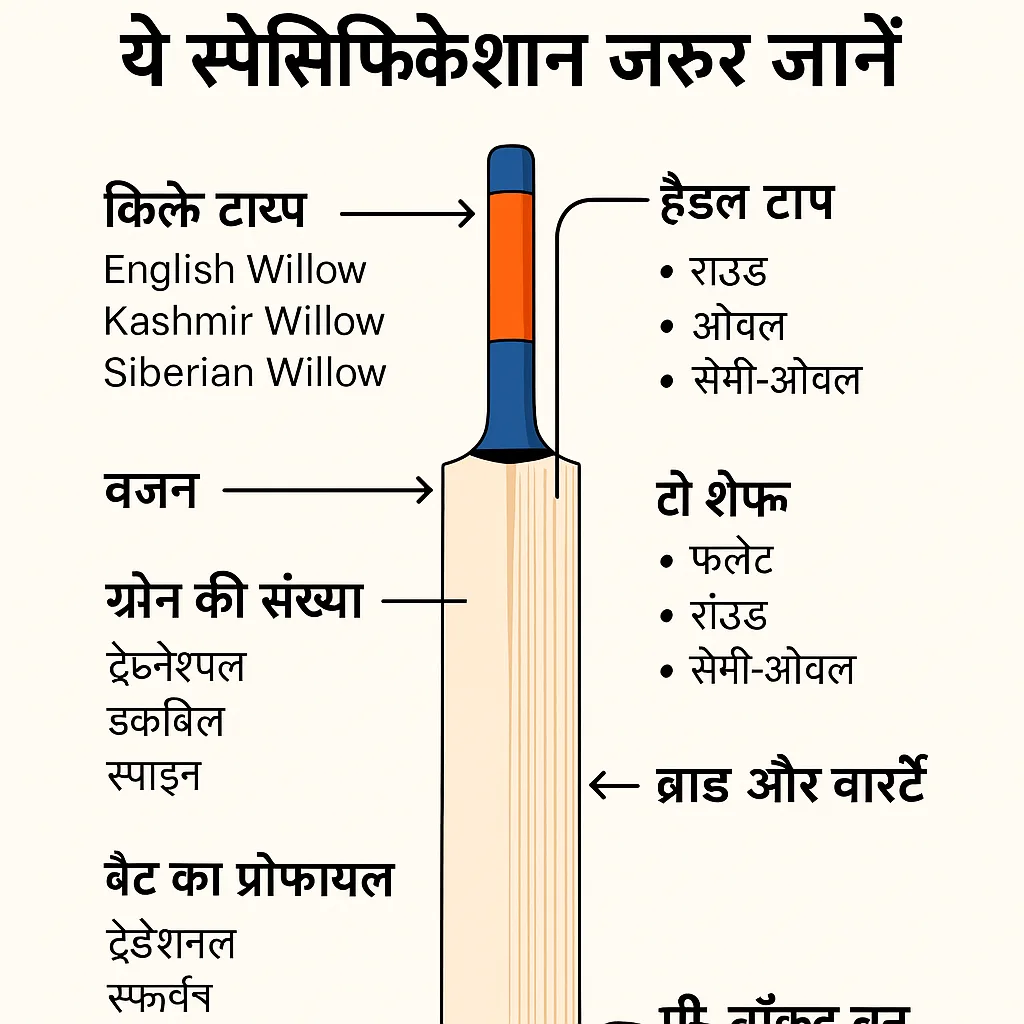

 No products in the cart.
No products in the cart.